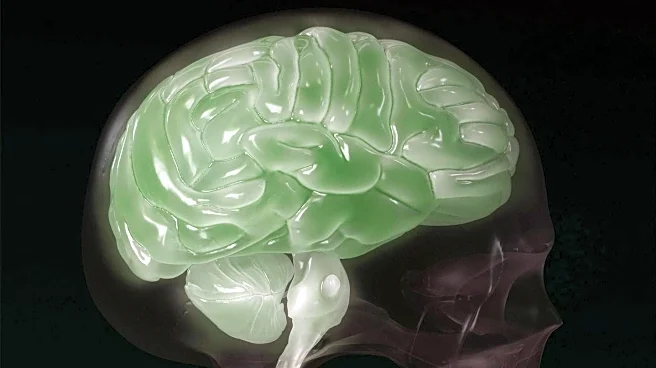Rapid Read • 7 min read
A recent study has evaluated three diagnostic criteria for bronchopulmonary dysplasia (BPD) in preterm infants, focusing on their ability to predict long-term neurodevelopmental outcomes. The study compared the 2001 NICHD definition, the 2018 NICHD definition, and the 2019 Jensen definition. Findings indicate that the newer definitions, which account for advancements in respiratory support techniques, provide more accurate predictions of neurodevelopmental impairment (NDI) and mortality rates than the older 2001 definition. BPD is a common complication in infants born before 32 weeks of gestation, leading to prolonged hospital stays and long-term health issues. The study highlights the importance of combining BPD diagnostic criteria with neuroimaging assessments like periventricular leukomalacia (PVL) to improve predictive accuracy.
AD
The study's findings are significant for neonatal care, as they offer improved methods for predicting long-term outcomes in preterm infants with BPD. Accurate predictions can guide targeted interventions, potentially reducing the risk of neurodevelopmental impairments and improving quality of life. The adoption of updated diagnostic criteria could lead to better resource allocation in neonatal intensive care units and inform clinical practices worldwide. This research underscores the need for continuous evaluation and adaptation of medical definitions to incorporate technological advancements and improve patient care.
Further research is needed to validate these findings in larger, multi-center cohorts and explore additional predictive factors that could enhance the accuracy of BPD diagnosis and prognosis. The study suggests that integrating other comorbidities or biomarkers could refine risk prediction models. As the medical community adopts these updated definitions, ongoing studies will likely focus on their implementation in clinical settings and their impact on patient outcomes.
AD
More Stories You Might Enjoy











